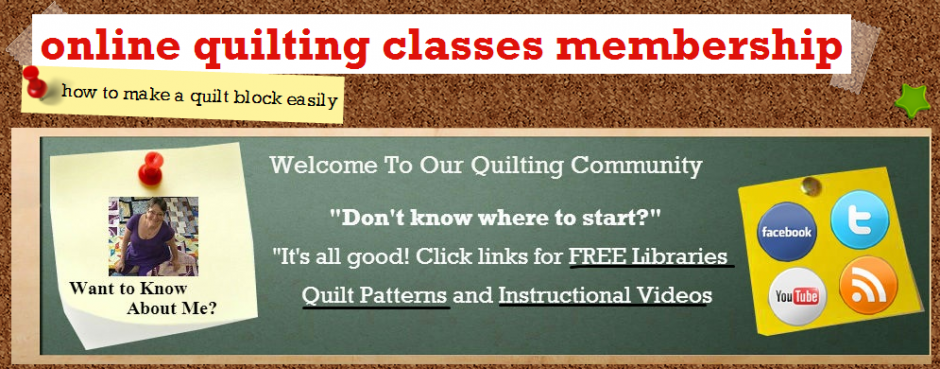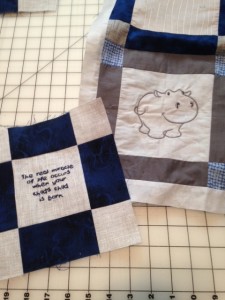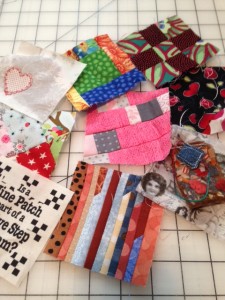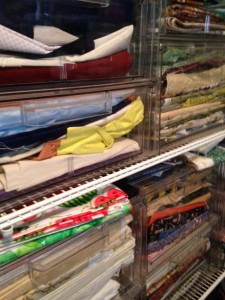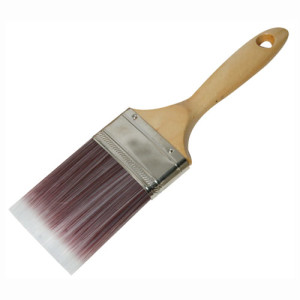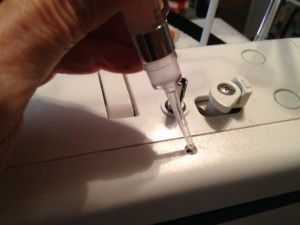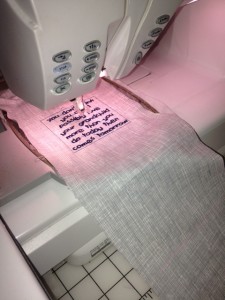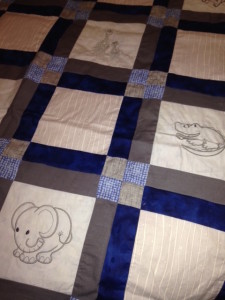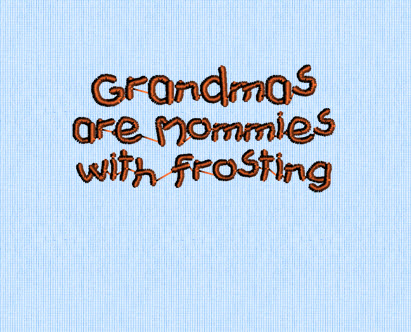Quilting is a beloved hobby and art form that brings joy, creativity, and relaxation to countless people. Yet, even the most passionate quilters can experience burnout. When something you once loved starts to feel like a chore, it’s easy to feel frustrated or disheartened. If you’ve been feeling this way, know that you’re not alone—and there are ways to reignite your quilting spark.
What Causes Quilting Burnout?
Burnout can creep in for a variety of reasons:
Overcommitment: Saying “yes” to too many projects, challenges, or gift requests can leave you overwhelmed.
Perfectionism: Striving for flawlessness can suck the joy out of your work.
Creative Fatigue: Repeating the same patterns or styles can make quilting feel stale.
Life Stress: Outside pressures can impact your ability to focus and enjoy your craft.
Signs You’re Experiencing Burnout
Lack of motivation to start or finish projects.
Frustration with patterns or mistakes you’d usually take in stride.
Feeling pressured by deadlines or expectations.
Neglecting your quilting space or leaving projects untouched.
If any of these resonate, it might be time to hit pause and reassess.

How to Overcome Burnout
Take a Break
Step away from quilting for a while. Engage in other creative or relaxing activities, such as painting, baking, or reading. This time away can help you recharge and return to quilting with fresh eyes.
Organize Your Space
A cluttered space can create mental chaos. Spend some time tidying your sewing area, organizing your fabric stash, or rearranging your tools. A clean workspace can be inspiring.
Revisit Old Projects
Look through your unfinished quilts. Picking up a nearly-complete project might feel more manageable than starting something new.
Experiment with Something New
Try a new technique, pattern, or color palette to break the monotony. Exploring different quilting traditions or modern trends can reignite your enthusiasm.
Set Realistic Goals
Avoid overloading yourself with projects. Set small, achievable goals that give you a sense of accomplishment without overwhelming you.
Connect with Other Quilters
Join a local quilting group or participate in online communities. Sharing ideas, experiences, and encouragement with others can remind you why you fell in love with quilting in the first place.
Remember Your “Why”
Reflect on why you started quilting. Was it for relaxation, self-expression, or the joy of creating something meaningful? Reconnecting with your original purpose can provide clarity and motivation.
Preventing Burnout in the Future
Pace Yourself: Balance quilting with other hobbies and commitments.
Celebrate Progress: Appreciate each step of the process instead of focusing solely on the finished quilt.
Be Kind to Yourself: Mistakes are part of the journey, not failures.
Keep it Fun: Incorporate playfulness into your projects by experimenting with scraps or improvisational piecing.
Quilting Is a Journey, Not a Race
Burnout can happen to anyone, but it doesn’t have to be the end of your quilting story. By taking the time to rest, reflect, and rediscover your love for the craft, you can return to your sewing machine with renewed energy and joy.
Have you experienced quilting burnout? What helped you overcome it? Share your thoughts in the comments—your story might inspire someone else!
